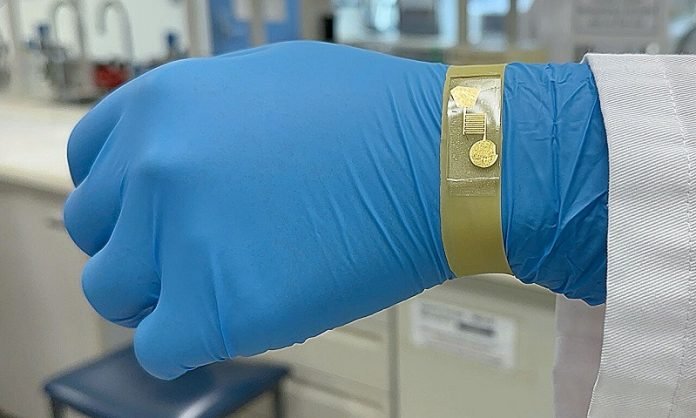
A team of smart engineers has come up with a tiny sensor that works like a super-sensitive nose.
It can sniff out ammonia gas, which is really important for both health and safety reasons.
Ammonia is a gas that can be pretty dangerous. If people are around too much of it, it can cause serious lung problems and damage organs.
And guess what?
We make a lot of ammonia worldwide – about 235 million metric tons! Plus, it’s being looked at as a great way to store hydrogen for clean fuel.
But with more ammonia around, there’s a bigger risk of leaks, which could be harmful. So, having a way to quickly find these leaks is super important.
But that’s not all. Ammonia isn’t always a bad guy. It’s actually found in human breath and can tell doctors a lot about certain diseases, like problems with kidneys and liver.
The sensor this team has developed is so sensitive that it could be used to detect the tiniest amounts of ammonia in people’s breath, helping doctors diagnose health issues.
The brains behind this invention are Dr. Nitu Syed and her colleagues from RMIT University, the University of Melbourne, and the ARC Centre of Excellence for Transformative Meta-Optical Systems (TMOS).
They used a special material called tin dioxide, which is really thin and transparent. It’s so sensitive that it can pick up on even the smallest amount of ammonia in the air.
Dr. Syed explains that their device is like an electric ‘nose.’ It can tell apart ammonia from other gases, which many other sensors struggle with.
The way it works is pretty cool: when ammonia is in the air, it changes how electricity flows through the tin oxide film in the sensor. The more ammonia there is, the bigger the change.
To test their invention, the team used a special chamber where they could control the amount of ammonia and other conditions like temperature. They wanted to make sure their sensor could pick up different levels of ammonia and tell it apart from other gases like carbon dioxide and methane.
Dr. Chung K. Nguyen, another key member of the team, pointed out how their sensor is a big improvement over current methods. Usually, finding ammonia requires big, expensive lab equipment, lots of time, and expert technicians. But their sensor is small, quick, and doesn’t need all that fuss.
Dr. Ylias Sabri, who also worked on the project, shared how they made the sensor. They used a low-cost method to put a super thin layer of tin dioxide onto a base material. This thin film is about 50,000 times thinner than a piece of paper! And they did it without any harmful chemicals or fancy equipment. Just a single step at 280 degrees Celsius.
The team is excited to work with companies to make their sensor even better. They think it’s a great fit for mass production because it’s easy to make and aligns well with how things are usually made in the tech industry.
So, what they’ve created is a small but mighty sensor that can quickly tell us if there’s dangerous ammonia around, or help doctors spot health problems just from a breath. It’s a big step forward in keeping people safe and healthy.
Source: RMIT.



